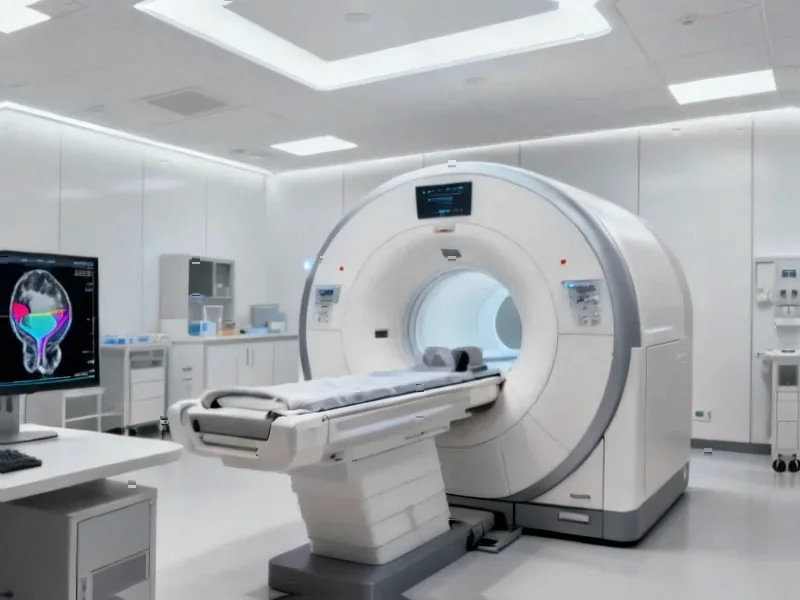According to Phys.org, researchers led by Christoph Bock at CeMM Research Center for Molecular Medicine have developed CellWhisperer, an AI method that links gene expression with descriptive text across more than a million biological samples. The tool uses multimodal deep learning trained on data from 20,000 studies spanning the last two decades, creating what amounts to an AI research assistant for biomedical scientists. CellWhisperer integrates with the popular CELLxGENE browser through a user-friendly web interface that’s freely accessible online. The system allows researchers to ask questions like “Show me immune cells from the inflamed colon of patients with autoimmune diseases” and get immediate biological insights without writing any code. The study, published in Nature Biotechnology, demonstrates how this approach creates entirely new ways for scientists to interact with complex single-cell RNA sequencing data.
Biology Meets ChatGPT
Here’s what makes CellWhisperer different from your typical data analysis tool. It’s not just running algorithms on gene expression data – it actually understands the biological context. The system was trained on both gene activity profiles AND the biological text that describes what those genes are doing. So when you ask it about heart development, it doesn’t just spit out a list of genes – it can tell you which developmental time points matter, which cell populations are involved, and even point out previously overlooked candidates.
Basically, they’ve created what every biomedical researcher secretly wishes for: a colleague who never sleeps, remembers every paper ever published, and can code like a Silicon Valley engineer. The co-first author Peter Peneder put it perfectly when he said “Science is teamwork, and with CellWhisperer, an AI research assistant has joined our team.” That’s exactly what this feels like – augmentation rather than replacement.
Why This Matters Now
Single-cell RNA sequencing has been exploding in popularity, but there’s been this massive bottleneck. You’ve got biologists who understand the science but might not be coding experts, and bioinformaticians who can code but might not grasp all the biological nuances. CellWhisperer bridges that gap in a way that feels almost magical.
And the timing couldn’t be better. We’re drowning in biological data – millions of cells, thousands of conditions, decades of research. The old way of analyzing this stuff just doesn’t scale. Being able to just ask “what’s interesting here?” and get a coherent, biologically-informed answer? That changes everything for exploratory research.
The tool is already showing real value too. When they tested it on human embryonic development data, it not only identified known developmental genes but pointed to candidates that researchers had previously overlooked. That’s the kind of discovery acceleration that could literally save lives.
The Future Is Conversational
What’s really fascinating is where this could go. Bock talks about CellWhisperer as a step toward “AI research agents,” and you can see the trajectory. Right now it’s helping with initial data exploration and pointing researchers in the right direction. But soon? I could see these systems designing experiments, generating hypotheses, and even writing the first draft of papers.
The interface is available at cellwhisperer.bocklab.org and the full research is in Nature Biotechnology if you want to dive deeper. But here’s the thing – this isn’t just another academic tool that will gather dust. This feels like the beginning of a fundamental shift in how we do science. When your data can literally talk back to you, everything changes.




